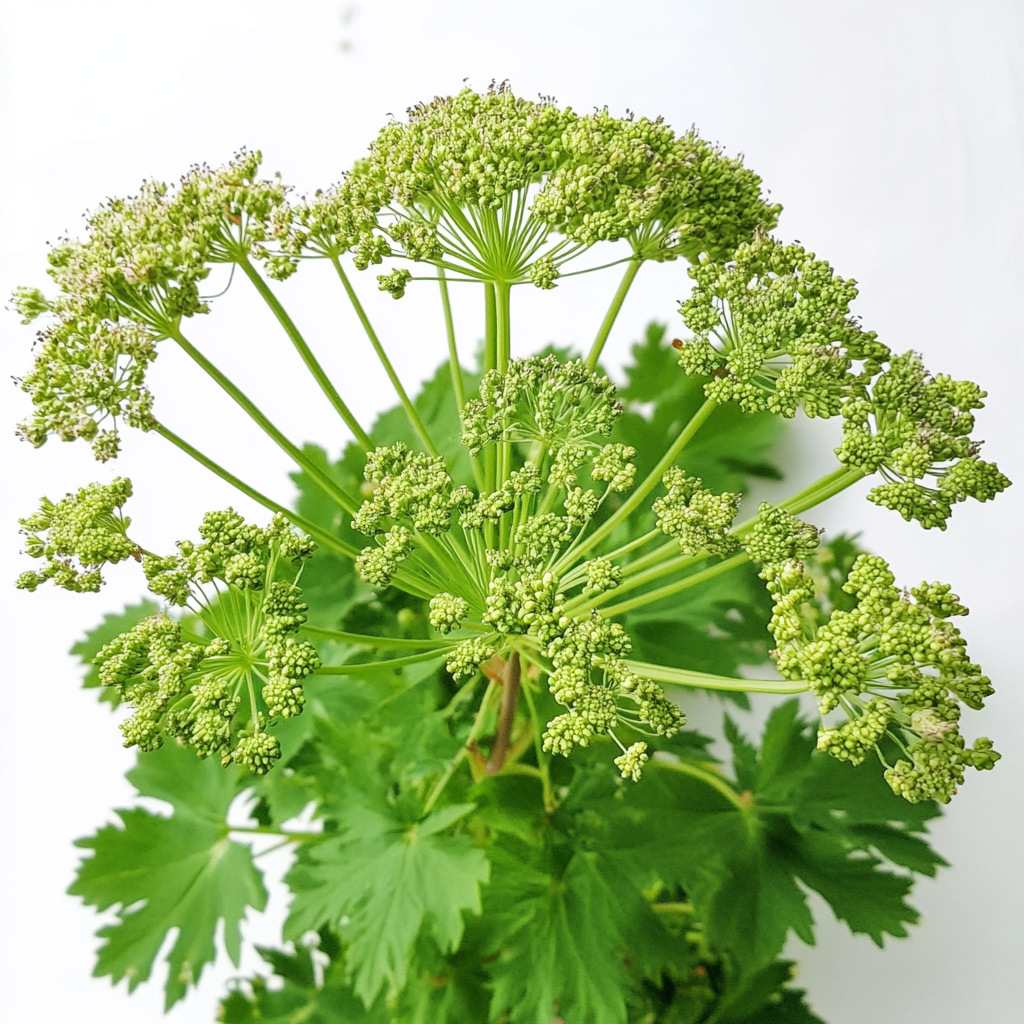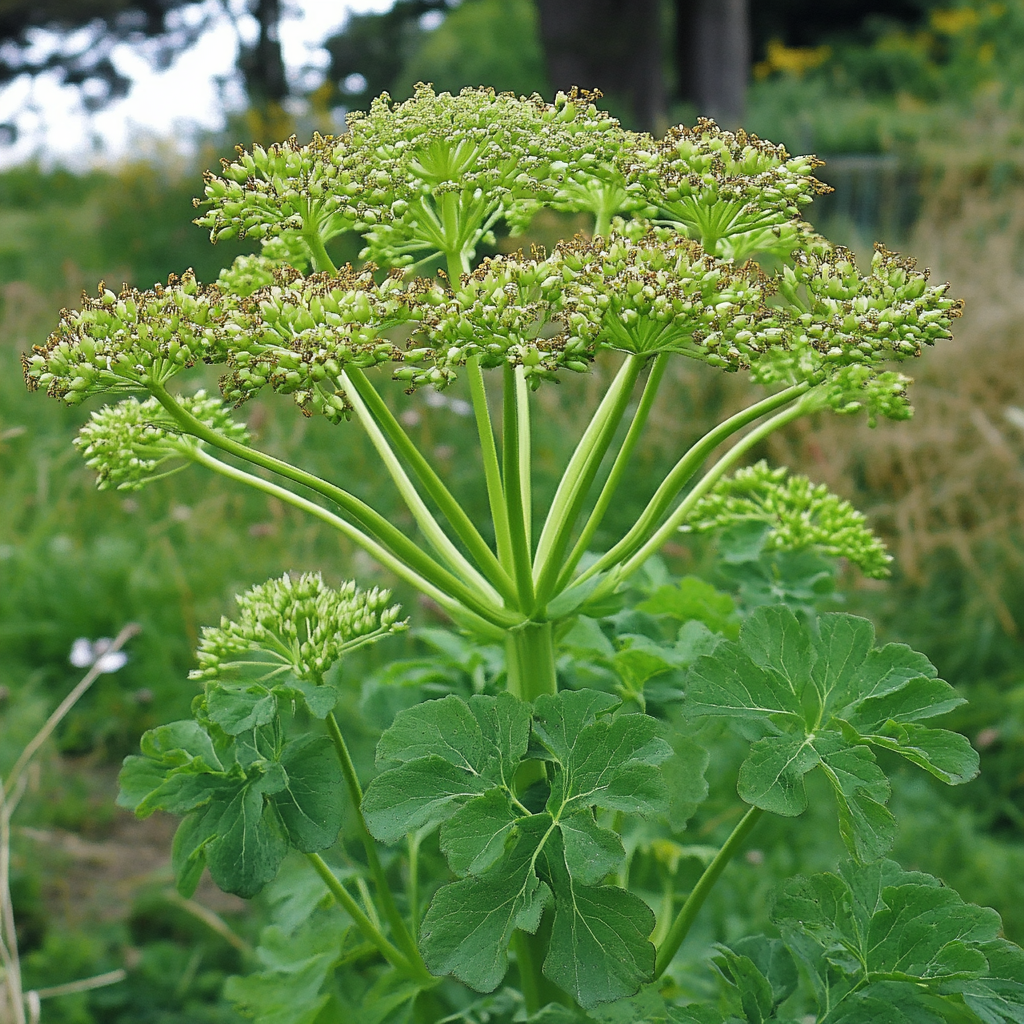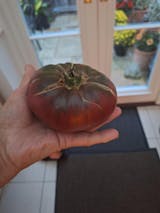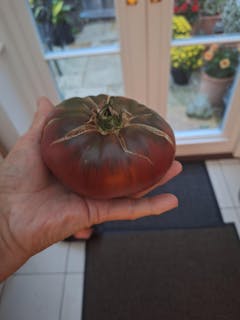The officinal angelica, also known by the scientific name Angelica archangelica, is a majestic plant with its large white umbels shaded with green, reaching over 2 meters in height. Here is everything you need to know about these angelica seeds:
Characteristics:
-
Decorative and aromatic plant: Angelica is appreciated not only for its majestic appearance in the garden but also for its candied stems that can be used to decorate and flavor various desserts such as cakes and pastries.
-
Biennial or triennial: Native to Northern Europe and Siberia, angelica is a biennial, even triennial plant. It usually blooms during its second or third year of growth.
-
Versatility: All parts of the plant are aromatic, making it valuable in cooking and traditional medicine.
Growing tips:
-
Sowing period: Angelica seeds can be sown between July and September for later flowering.
-
Exposure: Prefer a sunny or partially shaded location in your garden.
-
Soil: Angelica thrives in fertile, well-drained soil. Be sure to keep the soil slightly moist.
-
Maintenance: This plant requires little maintenance once established, but it may need staking to support its tall stems.
- Angelica seeds generally require cold stratification to optimize germination.
Commitment to Quality: Officinal angelica seeds are produced by SemiSauvage - Permaculture, located near the Auvergne Volcanoes. These seeds are reproducible, non-hybrid, and specially adapted to the region. They are carefully selected, sorted, stored, and packaged, ensuring they are free from any chemical treatment, for the greatest pleasure of amateur gardeners.
Add a touch of grandeur and aroma to your garden with these officinal angelica seeds, a fascinating plant to grow for its decorative aspect and multiple culinary uses.









